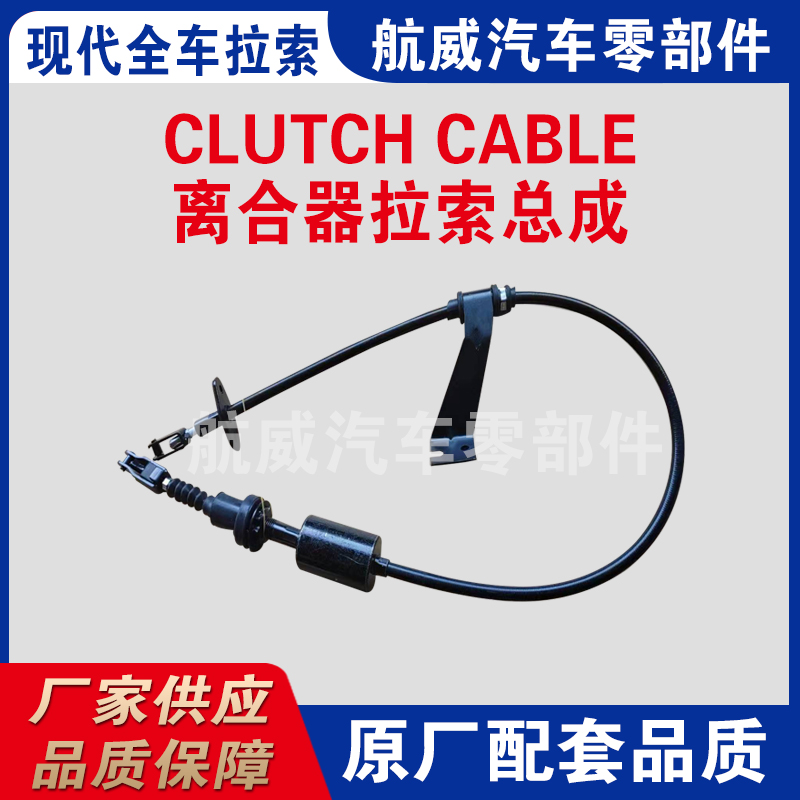steel clutch line
The Steel Clutch Line Innovation and Performance in Automotive Engineering
In the world of automotive engineering, performance and reliability are paramount. One of the key components influencing these factors is the clutch system. Among the various technologies employed in clutch systems, the steel clutch line has emerged as a notable innovation, enhancing the performance of vehicles in multiple ways.
What is a Steel Clutch Line?
A steel clutch line typically refers to the tubing or piping that carries hydraulic fluid to the clutch mechanism, facilitating smooth engagement and disengagement of the clutch system. Unlike traditional rubber lines, steel clutch lines are designed for optimal performance under high pressure and extreme conditions, making them suitable for both performance vehicles and regular passenger cars.
Advantages of Steel Clutch Lines
1. Increased Durability One of the most significant advantages of steel clutch lines is their durability. Steel is inherently stronger than rubber and can withstand higher temperatures and pressures without degrading. This leads to a longer lifespan and reduces the likelihood of failures that can occur in rubber lines, especially in demanding driving conditions.
2. Improved Performance Steel clutch lines ensure that hydraulic fluid flows unimpeded, which is crucial for quick engagement and disengagement of the clutch. This responsiveness is particularly beneficial during aggressive driving or racing situations, where every millisecond counts. The stiff construction of steel lines minimizes expansion and flexing, providing a more direct feel when operating the clutch.
3. Resistance to Environmental Factors Steel lines are less susceptible to abrasion, puncturing, and other environmental factors that can compromise rubber lines over time. Whether exposed to heat, cold, or chemicals, steel clutch lines remain reliable, making them ideal for a variety of automotive applications.
4. Consistent Performance As temperatures change, rubber lines can expand and contract, potentially affecting hydraulic pressure. Steel clutch lines, on the other hand, maintain their shape and size, ensuring that performance remains consistent regardless of the driving conditions.
steel clutch line

Applications in Automotive Engineering
Steel clutch lines have found their way into numerous automotive applications. High-performance sports cars utilize steel lines for their enhanced responsiveness and durability, essential for high-speed racing and aggressive driving. Furthermore, off-road vehicles that encounter rough terrains and extreme conditions benefit from the rugged nature of steel lines, ensuring that the clutch system remains operational when it matters most.
Additionally, many manufacturers are beginning to recognize the advantages of steel lines in everyday vehicles. As the automotive industry moves towards increased performance and sustainability, incorporating high-quality materials like steel into essential systems is a logical step forward. This shift not only improves vehicle reliability but also addresses consumer demand for more durable and efficient cars.
Installation and Maintenance Considerations
While the benefits of steel clutch lines are clear, proper installation is crucial. Steel lines must be carefully routed and secured to prevent vibrations and potential damage. Professionals familiar with automotive systems should handle installation to ensure optimal function and safety.
Moreover, regular maintenance is essential. Although steel lines are more durable than rubber counterparts, routine inspections can help identify potential issues such as cracking or corrosion over time. Ensuring that all fittings and connections are tight will also minimize the risk of hydraulic leaks, a critical aspect of maintaining clutch performance.
Conclusion
The steel clutch line represents a significant advancement in automotive engineering. Its durability, performance enhancement, resistance to environmental factors, and steady operational consistency make it a superior choice for both performance and everyday vehicles. As the automotive industry continues to evolve, the incorporation of advanced materials like steel will contribute to the development of more reliable, efficient, and high-performing vehicles. Whether on the track or the road, steel clutch lines enhance the driving experience, making them an essential component in modern automotive design.
-
Workings of Clutch Pipe and Hose SystemsNewsJun.04,2025
-
The Inner Workings of Hand Brake Cable SystemsNewsJun.04,2025
-
The Secrets of Throttle and Accelerator CablesNewsJun.04,2025
-
The Hidden Lifeline of Your Transmission Gear Shift CablesNewsJun.04,2025
-
Demystifying Gear Cables and Shift LinkagesNewsJun.04,2025
-
Decoding Clutch Line Systems A Comprehensive GuideNewsJun.04,2025
